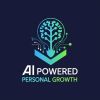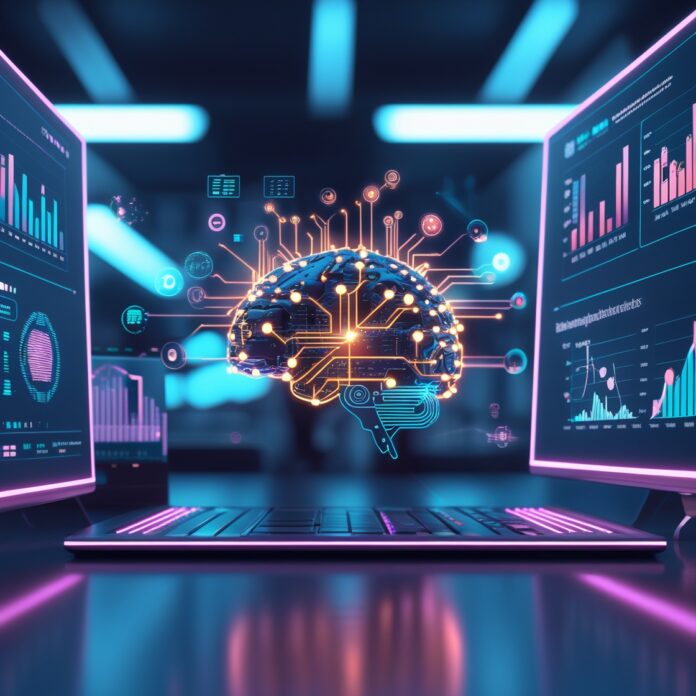Businesses constantly generate and store huge amounts of data, a significant part of which is useless and referred to as digital noise, in the absence of appropriate digital tools. This is where AI comes into play for analytics as it is extremely powerful at converting the raw data in such a manner that the output results are informative and problem-prompting. For those working in marketing, finance, healthcare, or e-commerce, the introduction of AI tools into the data analysis process can yield a plethora of benefits, like the reduction of the time needed for repetitive operations, the complete elimination of uncertainty through the prediction of trends with a high level of accuracy, and the possibility to take real-time decisions that will lead the company to better directions.
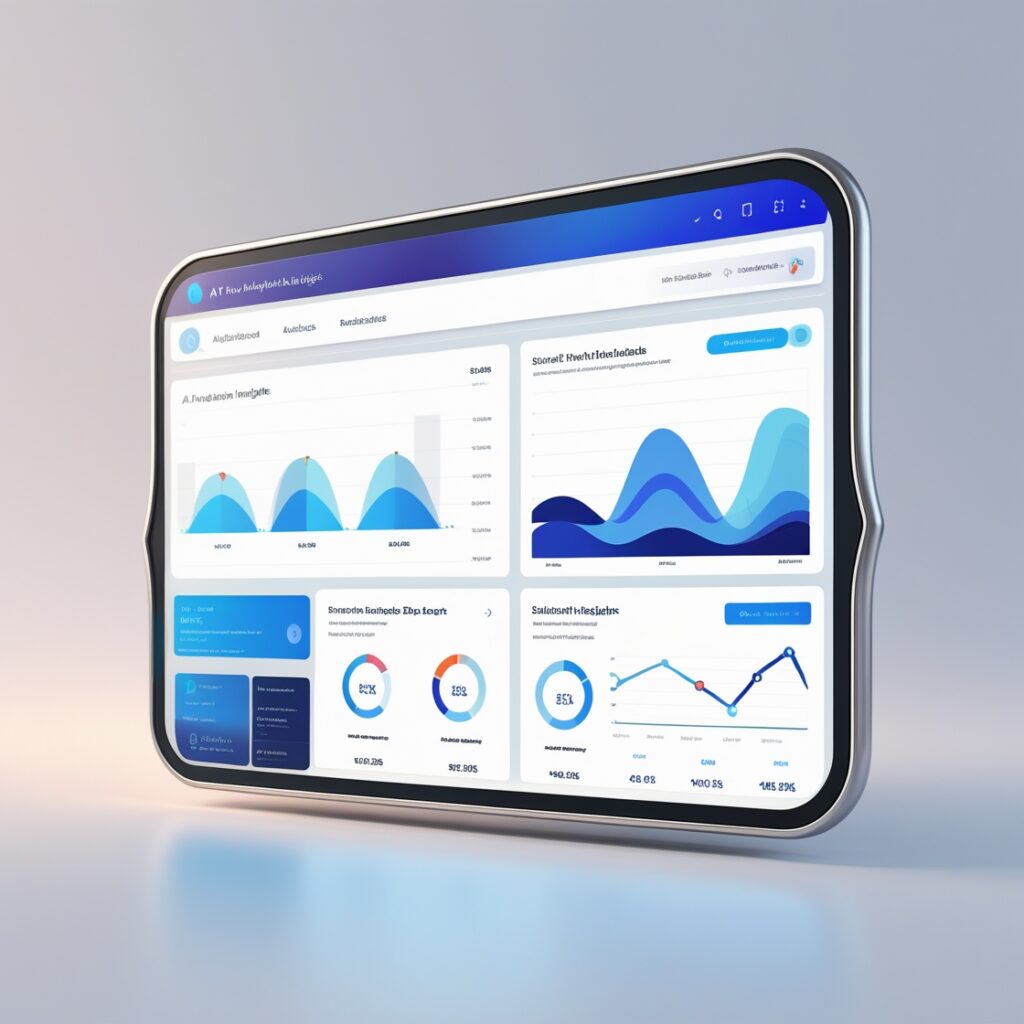
Why AI Is the Future of Analytics
Artificial Intelligence is definitely not a mere buzzword anymore – the technology has completely transformed the way of data processing. It is a fact that AI has the ability to:
- Automate data collection and cleaning
- Identify patterns at scale
- Provide real-time predictions
- Deliver personalized insights
Companies can make faster and more accurate data-driven decisions thanks to these benefits.
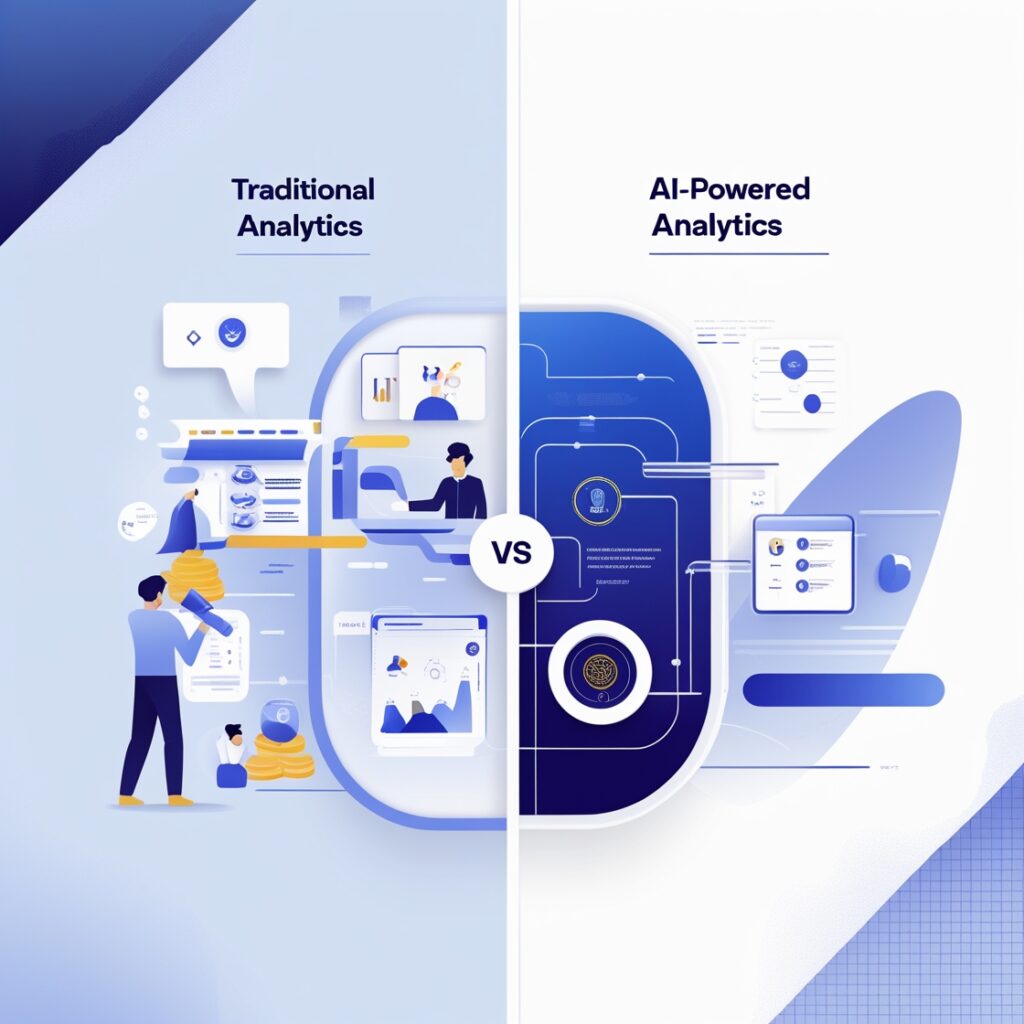
Key Ways to Use AI for Analytics Like a Pro
1. Predictive Analytics
AI models allow the prediction of customer behavior, sales trends, and market changes relying on the historical precedents of the events. Machine learning algorithms recognize correlations that people would typically overlook, thus leveraging the predictive power of a simple human brain and offering a significant edge over competitors?
Use Case Example: An eCommerce company predicts product demand spikes during the holidays and makes necessary adjustments to their stock.
2. Natural Language Processing (NLP)
NLP is the system through which AI can understand human speech and hence the extraction of information from such things as unstructured data (like e.g., emails, support tickets, social media comments) is possible.
Pro Tip: By using NLP tools, you can perform sentiment analysis to find out your customer experience and thus be better equipped to implement your customer satisfaction strategies.
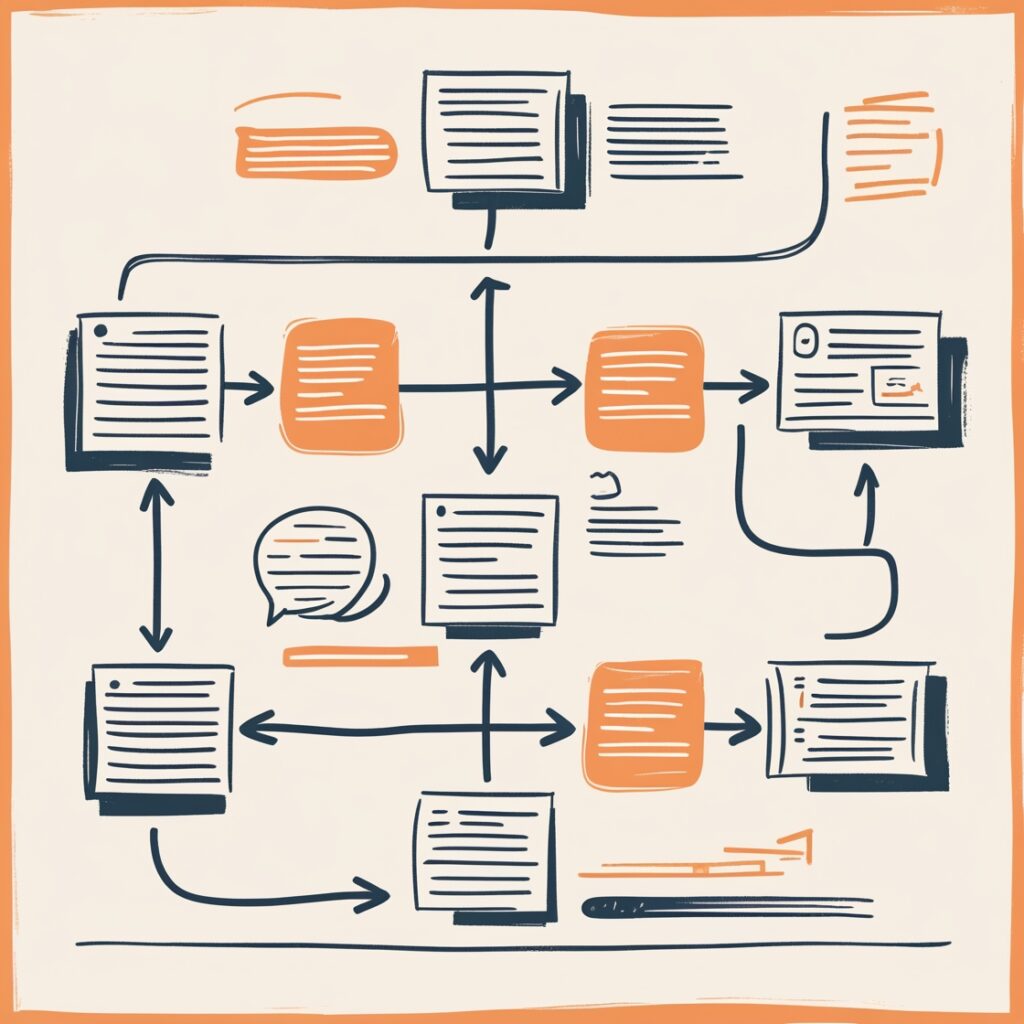
3. Automated Reporting
Data science-driven systems can extract and process information to create the reports on crack, which if done manually could take hours of the specialist’s time. Those data visualization tools not only show the changes in the numbers but also reveal the reason behind those.
Real-world Application: For instance, the finance department can have a vivid overview of automated weekly reports on the financial performance of the last few years as the establishment-of-the-art technologies have made it possible to extract and load the data of multiple fields. Employees who were in charge of time-consuming data processing are now able to dedicate this time to prepare reports, always having the latest data important for the decision-making of a company.
4. Real-Time Decision Making
The practical application of AI technology has made it real to act upon the received data directly. Real-time analytics is, for example, very useful for cybersecurity, where such analytics can recognize a breach or a fraud in an instance, even if the initiator of the crime is already in the process of action.
Example: Fraudulent transactions are flagged as soon as AI checks the credit card transactions.
5. Personalized Insights
Artificial Intelligence can collect and process data about a user’s activity and interests for an in-depth understanding of each user and thus offer marketing campaigns and customer journeys designed specifically for this individual.
Marketing Application: As an example, AI not only sees the place where customers stop but even comments that are written and how much time people spend on referrals. It suggests relevant products in line with the intentions of a recent search query and the user’s most recently acquired products.
Tools You Can Use to Implement AI for Analytics
- Google Cloud AI – Includes in-built analytics and prediction features
- Tableau with Einstein AI (Salesforce) – Displays ML-empowered dashboards
- Microsoft Azure AI – Provides AI solutions with an analytics scope for the corporate world
- RapidMiner – AI that is simple to use for predictive modeling
- BigML – It is perfect for AI models used by small to medium-size businesses
Best Practices for Using AI for Analytics
- Set realistic goals: Having a clear understanding of your intentions is necessary to use AI.
- Get off to a good start: Start by running a small test with a small subset of data or a narrow department before you decide to go broader.
- Make sure data is of high quality: Data dictates everything that AI can become, so it is only fair to expect good outcomes if the data is of high quality.
- Keep the team engaged: This is about training the staff to understand AI-generated insights and take action based on them.
Conclusion
Employing AI in analytics is no longer a choice—it’s a necessity. From data in its basic form to the final success in terms of actionable insights, AI is the magic that provides the agility to businesses to go one step ahead, to forecast more accurately, and to influence the life of consumers in a profound way. Now is the perfect time for you to leverage the power of AI, no matter if you are a data scientist or a business leader.


